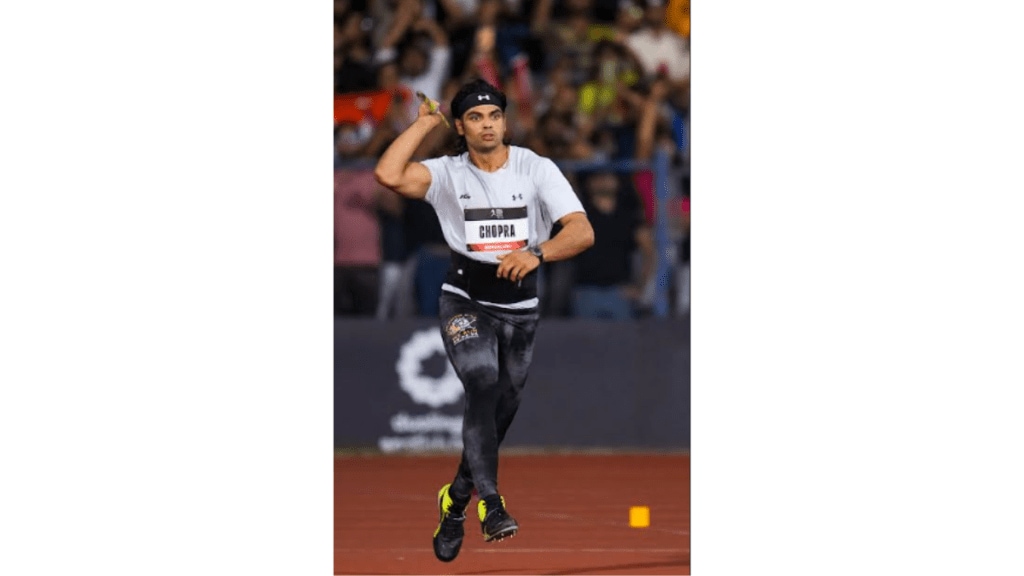Sixteen sponsors, an estimated `8-10 crore in sponsorship revenue, and a stadium packed with over 14,500 fans in Bengaluru. The inaugural Neeraj Chopra Classic, a rare example of a sporting property built around an active athlete, could mark a shift in the way sporting events are conceived and marketed in the country.
Globally, athlete-led sporting properties have created strong commercial models, such as Michael Jordan’s high school basketball showcase. In India, however, sports marketing has historically favoured endorsements and team-based sponsorships. The new javelin throw competition could serve as a framework for more athlete-led sporting IPs. It also raises the dilemma many single-product companies have faced: What happens when the brand — in this case, the athlete — loses steam?
Indeed, the fortunes of a single player-led property are inextricably tied to the individual’s performance and reputation. And that makes the property vulnerable. As Nahush Gulawani, co-founder, Wit & Chai Group, points out, “Athlete IPs are brittle and such models have fragilities. If form dips or retirement looms, the property’s value can nosedive.”
That said, every such property has the potential to evolve into a broader platform, spotlighting emerging stars or expanding to a multi-sport format, says Yasin Hamidani, director at Media Care Brand Solutions. “The Jordan Brand Classic sustained itself post-MJ’s retirement by focusing on elite high school talent and becoming a rite of passage for future NBA stars. Similarly, Neeraj’s brand could stand for nurturing athletic excellence.”
The organisers plan to build on the event. Says Divyanshu Singh, COO of JSW Sports. “This is not just a one-off event. Our aim is to build on it by adding more disciplines and exploring ways to deepen year-round engagement. It is designed to be a sustainable property.”
That is where the opportunity lies. “This could be a turning point in Indian sports marketing,” says Ambika Sharma, founder of Pulp Strategy. “Brands now have a platform built around athlete equity, not just campaign windows.” Adds Ridhima Kansal, director, Rosemoore, “Other Indian athletes such as PV Sindhu could explore developing personal brands instead of being treated as endorsement lead for someone else’s brand. It helps to build their legacy, community impact, and creates multi-faceted revenue opportunities for years post-retirement.”
Sponsors for the Chopra event have ranged across categories. Visa, Audi, Duolingo, and Radisson Hotels signed on. Each brand aligned with different aspects of Chopra’s public image. For Radisson, the decision was rooted in shared values. “Neeraj represents excellence and resilience. These are qualities that align well with our brand’s ethos,” says Nikhil Sharma, managing director and COO, South Asia, Radisson Hotel Group.
The model may not suit every athlete, but its success opens new possibilities. “Chopra isn’t an anomaly; he’s the first wave of a whole new commercial ecosystem,” concludes Sushant Sadamate – COO and co-founder of Buzzlab.The Neeraj Chopra Classic: A Game-Changer for Indian Sports Marketing?
